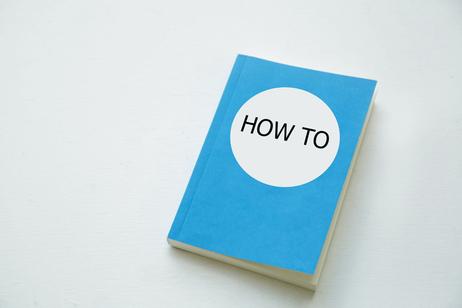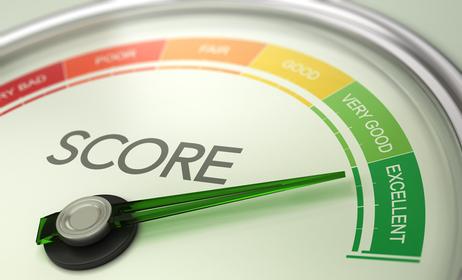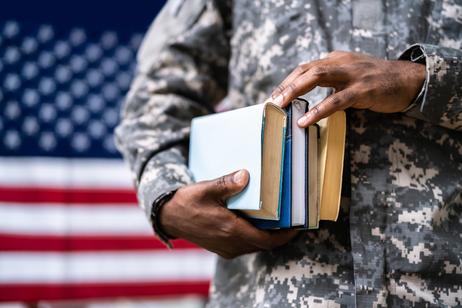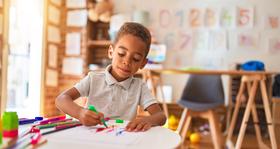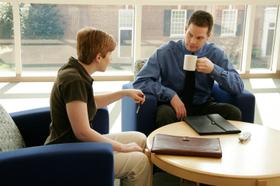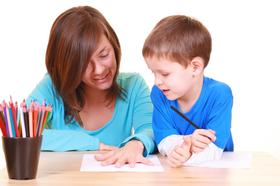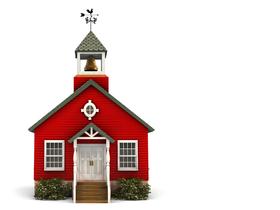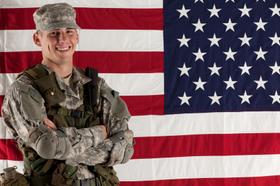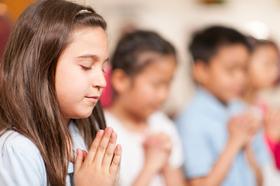What's involved in choosing a private school for your child? Which school is the best one? Can I get financial aid? How do I apply? I've got some answers for you. And they're based on my experience as a parent. My daughters attended private elementary schools, and those were great experiences. So, when it came to choosing a private high school, I thought I knew everything. Was I ever wrong! That's why I wrote this article. I don't want you to make the same mistakes I did. So, here is my 10-step guide to choosing a private school. When you want to drill down for more detailed answers, click the links I have included with each step.
1. Identify Your Child's Needs and Family Requirements
When choosing a private school, the first focus must be understanding your child’s unique needs and your family’s requirements. Begin by assessing your child’s academic strengths and weaknesses to pinpoint what educational environment best supports their learning style. Consider your family’s values and educational philosophy, as these will guide you in selecting a school that aligns with your principles.
Next, determine whether you are looking for a day or boarding school, which can significantly affect your child’s development and family dynamics. Additionally, evaluate the need for special programs, such as those for gifted students or students with learning differences, to ensure the school can provide the necessary support.
Finally, define your

